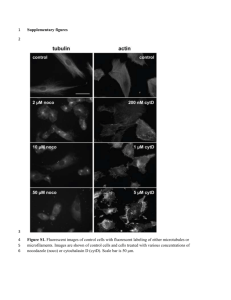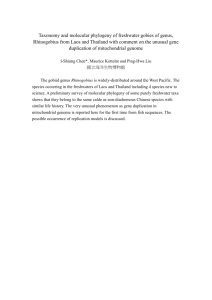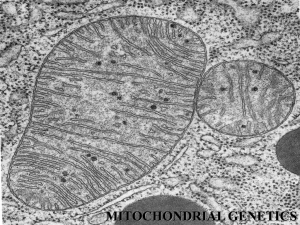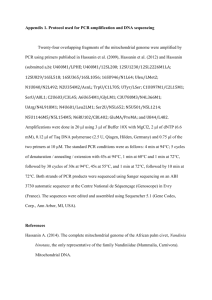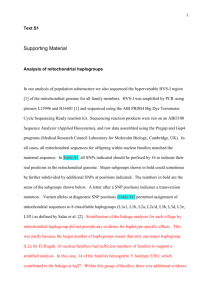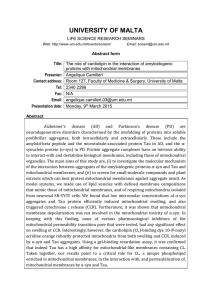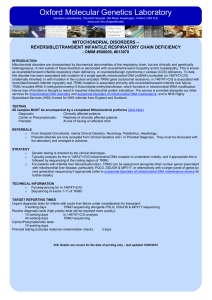Screening Publications Citing Seahorse XF Data
advertisement
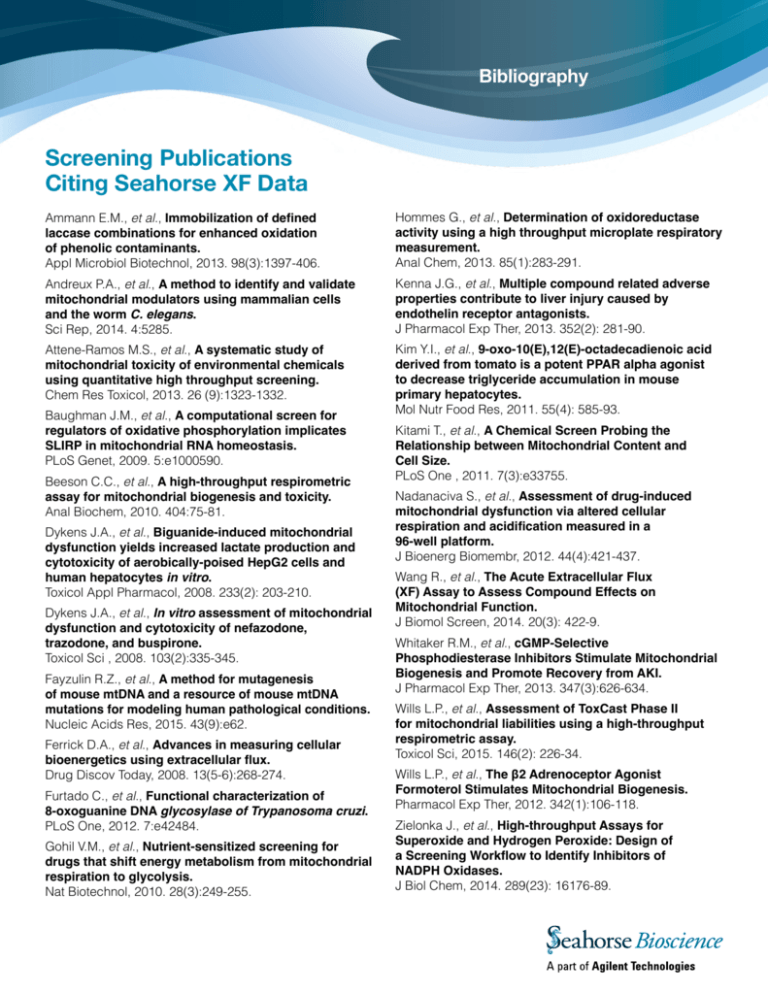
Bibliography Screening Publications Citing Seahorse XF Data Ammann E.M., et al., Immobilization of defined laccase combinations for enhanced oxidation of phenolic contaminants. Appl Microbiol Biotechnol, 2013. 98(3):1397-406. Hommes G., et al., Determination of oxidoreductase activity using a high throughput microplate respiratory measurement. Anal Chem, 2013. 85(1):283-291. Andreux P.A., et al., A method to identify and validate mitochondrial modulators using mammalian cells and the worm C. elegans. Sci Rep, 2014. 4:5285. Kenna J.G., et al., Multiple compound related adverse properties contribute to liver injury caused by endothelin receptor antagonists. J Pharmacol Exp Ther, 2013. 352(2): 281-90. Attene-Ramos M.S., et al., A systematic study of mitochondrial toxicity of environmental chemicals using quantitative high throughput screening. Chem Res Toxicol, 2013. 26 (9):1323-1332. Kim Y.I., et al., 9-oxo-10(E),12(E)-octadecadienoic acid derived from tomato is a potent PPAR alpha agonist to decrease triglyceride accumulation in mouse primary hepatocytes. Mol Nutr Food Res, 2011. 55(4): 585-93. Baughman J.M., et al., A computational screen for regulators of oxidative phosphorylation implicates SLIRP in mitochondrial RNA homeostasis. PLoS Genet, 2009. 5:e1000590. Beeson C.C., et al., A high-throughput respirometric assay for mitochondrial biogenesis and toxicity. Anal Biochem, 2010. 404:75-81. Dykens J.A., et al., Biguanide-induced mitochondrial dysfunction yields increased lactate production and cytotoxicity of aerobically-poised HepG2 cells and human hepatocytes in vitro. Toxicol Appl Pharmacol, 2008. 233(2): 203-210. Dykens J.A., et al., In vitro assessment of mitochondrial dysfunction and cytotoxicity of nefazodone, trazodone, and buspirone. Toxicol Sci , 2008. 103(2):335-345. Fayzulin R.Z., et al., A method for mutagenesis of mouse mtDNA and a resource of mouse mtDNA mutations for modeling human pathological conditions. Nucleic Acids Res, 2015. 43(9):e62. Ferrick D.A., et al., Advances in measuring cellular bioenergetics using extracellular flux. Drug Discov Today, 2008. 13(5-6):268-274. Furtado C., et al., Functional characterization of 8-oxoguanine DNA glycosylase of Trypanosoma cruzi. PLoS One, 2012. 7:e42484. Gohil V.M., et al., Nutrient-sensitized screening for drugs that shift energy metabolism from mitochondrial respiration to glycolysis. Nat Biotechnol, 2010. 28(3):249-255. Kitami T., et al., A Chemical Screen Probing the Relationship between Mitochondrial Content and Cell Size. PLoS One , 2011. 7(3):e33755. Nadanaciva S., et al., Assessment of drug-induced mitochondrial dysfunction via altered cellular respiration and acidification measured in a 96-well platform. J Bioenerg Biomembr, 2012. 44(4):421-437. Wang R., et al., The Acute Extracellular Flux (XF) Assay to Assess Compound Effects on Mitochondrial Function. J Biomol Screen, 2014. 20(3): 422-9. Whitaker R.M., et al., cGMP-Selective Phosphodiesterase Inhibitors Stimulate Mitochondrial Biogenesis and Promote Recovery from AKI. J Pharmacol Exp Ther, 2013. 347(3):626-634. Wills L.P., et al., Assessment of ToxCast Phase II for mitochondrial liabilities using a high-throughput respirometric assay. Toxicol Sci, 2015. 146(2): 226-34. Wills L.P., et al., The β2 Adrenoceptor Agonist Formoterol Stimulates Mitochondrial Biogenesis. Pharmacol Exp Ther, 2012. 342(1):106-118. Zielonka J., et al., High-throughput Assays for Superoxide and Hydrogen Peroxide: Design of a Screening Workflow to Identify Inhibitors of NADPH Oxidases. J Biol Chem, 2014. 289(23): 16176-89.


